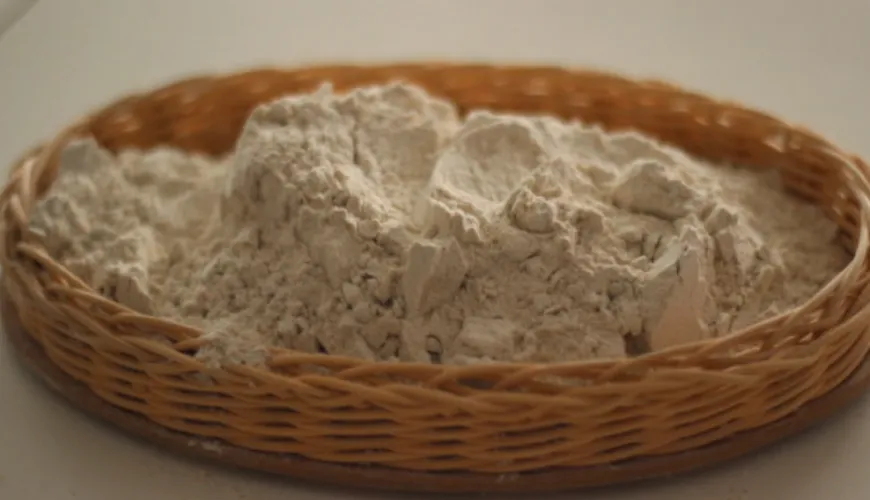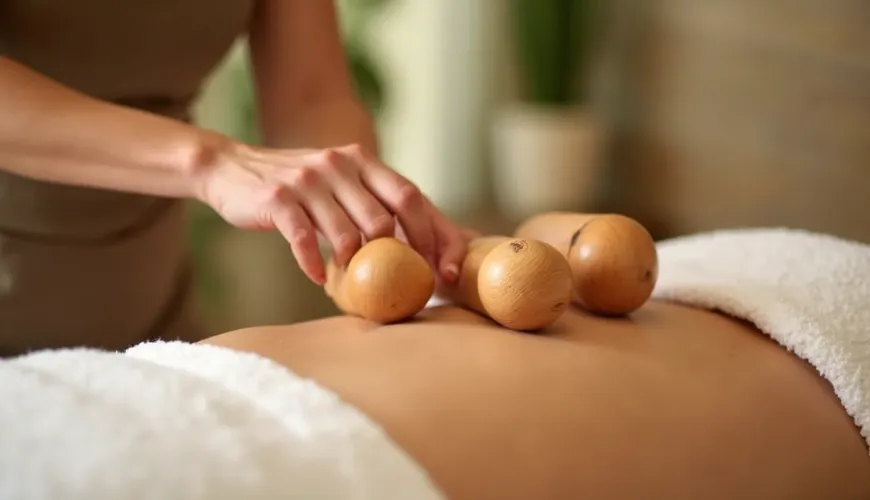
Do you want to know what maderotherapy is and how it works in practice?

Maderotherapy - What It Is and Why It's Gaining Popularity
In recent years, a technique has emerged in the health and beauty field that promises effects on par with modern technology while being based on natural principles. You may have already heard about it – maderotherapy. But what exactly is this method? And why is it being talked about as a revolution in the fight against cellulite and water retention in the body?
Although the name may sound somewhat exotic, its origins trace back to South America, specifically Colombia. The word "madero" in Spanish means "wood." Maderotherapy literally means "therapy with wood." This technique uses specially shaped wooden tools to stimulate the lymphatic system, support blood circulation, and sculpt the body. It sounds simple, but its strength lies precisely in this natural approach.
What is Maderotherapy and How Does It Work?
The essence of maderotherapy is a massage performed using wooden rollers, boards, cups, or other tools designed to adapt to the shape of the human body. The goal of this therapy is to stimulate the lymphatic system, boost metabolism, and help the body eliminate toxins and excess fluids. It is often used as an aid in shaping problematic areas, especially thighs, abdomen, buttocks, or arms.
While a regular lymphatic massage can be time-consuming and may not always yield immediate results, maderotherapy is characterized by higher intensity and efficiency. Thanks to the firm pressure of the wooden tools, there is faster stimulation of subcutaneous fat tissue, promoting its breakdown and elimination from the body.
Its effect is often visible after just a few sessions – the skin appears firmer, smoother, and there is a noticeable reduction in volume in the treated area. Of course, long-term effects require regularity and ideally a combination of other healthy habits, such as hydration, exercise, and a balanced diet.
Why is Maderotherapy Becoming More Popular?
One of the main reasons why maderotherapy is gaining more supporters is its non-invasive nature. At a time when there is growing interest in natural approaches to health and beauty, this method is an ideal example of combining physical effect with a holistic approach. No injections, lasers, or chemicals are needed – just a series of massages and the body naturally begins to regenerate.
Moreover, it is a procedure that is not exclusively a female affair. Although most clients are women (especially due to its effects on cellulite), maderotherapy is also suitable for men, for example, for relieving muscle tension or as an addition to sports recovery.
In conjunction with a modern lifestyle, which is often sedentary and stressful, this method offers an important counterbalance – physical stimulation, relaxation, and support of the lymphatic system, which is one of the first systems in the body to be negatively affected by a lack of movement.
"Lymph is like a stream: when it's clear and flowing, the body functions. When it gets clogged and stops, problems arise," says physiotherapist and manual therapy specialist Jana Křížová.
What Does a Typical Session Look Like?
Maderotherapy is usually performed lying down on a massage table. The client can choose specific areas to be treated – most commonly thighs and buttocks, followed by the abdomen and sides. The masseur or therapist uses wooden tools to perform rhythmic and repeated strokes along the lymphatic pathways. The procedure is generally painless, but sensitive individuals may experience temporary sensitivity or bruising, especially during initial sessions.
The duration of one session ranges from 30 to 60 minutes. For noticeable effects, it is recommended to undergo a series of at least 5 to 10 treatments, ideally several times a week. Results are individual, but most clients notice changes after the second or third session.
When to Choose Maderotherapy and Who Is It Not Suitable For?
Maderotherapy is not just an aesthetic procedure – its effects also extend into the realm of health prevention. It helps, for example:
- with the feeling of heavy legs and swelling
- with water retention in the body
- with fatigue and slow metabolism
- as support during detoxification
- after childbirth (with doctor consultation)
Conversely, it is not suitable during acute inflammations, infectious diseases, thrombosis, or pregnancy. If a client has any health issues, they should consult a doctor or physiotherapy expert before undergoing maderotherapy.
Maderotherapy at Home – Is It Possible?
You might be wondering if it's possible to try this method at home. And the answer is: yes, but with certain limitations. Wooden rollers and other tools designed for home use are commonly available on the market. With their help, self-massage can be performed, for example, while watching TV or before bedtime. However, it is important to remember that a professional result requires knowledge of anatomy and proper techniques. Improper use can lead to bruising or ineffective stimulation.
Home maderotherapy can therefore serve as a supplement between professional treatments or as a form of relaxation, but one cannot expect the same results as when working with an experienced therapist.
Practical Example
Petra (34), an administrative worker from Brno, tried maderotherapy on a friend's recommendation. "After two births, I felt like my body wasn't what it used to be. I tried exercise, diet, but cellulite remained. After the fifth maderotherapy session, I first noticed that my skin on my thighs had smoothed out and the typical 'orange peel' appearance had disappeared. Additionally, I felt lighter, as if I had finally gotten rid of the water my body was retaining."
Petra's story is not unique. Many women (and men) have come to appreciate maderotherapy not just for its aesthetic results but also for the overall feeling of lightness and relaxation. And that might be the reason why this technique is gaining so much attention – it combines beauty and health in a natural way.
At a time when more and more people are looking for alternatives to quick but often invasive solutions, maderotherapy offers a return to basics. To touch, rhythm, and connection with one's own body. And that is a value that is gaining increasing importance today.

